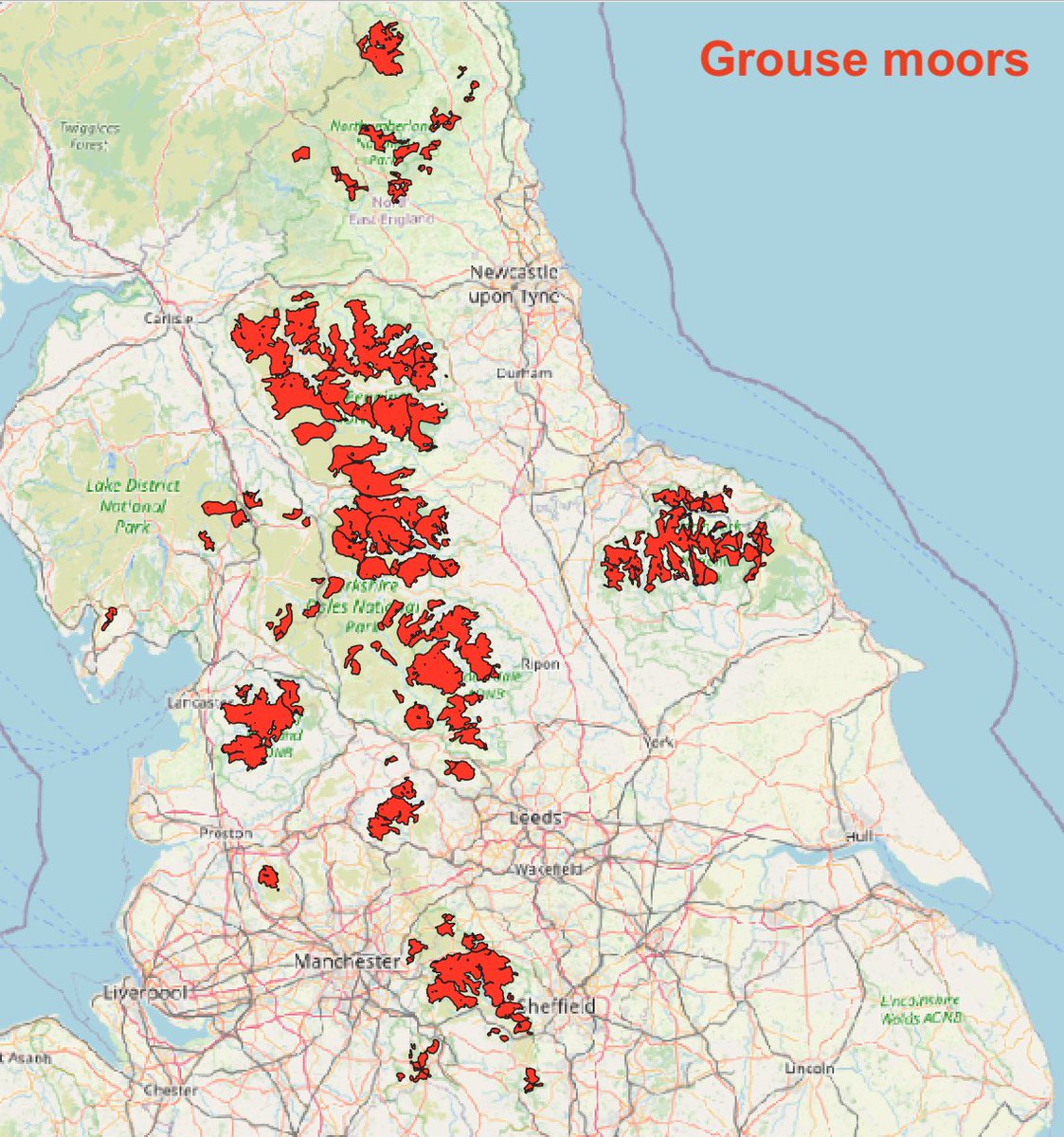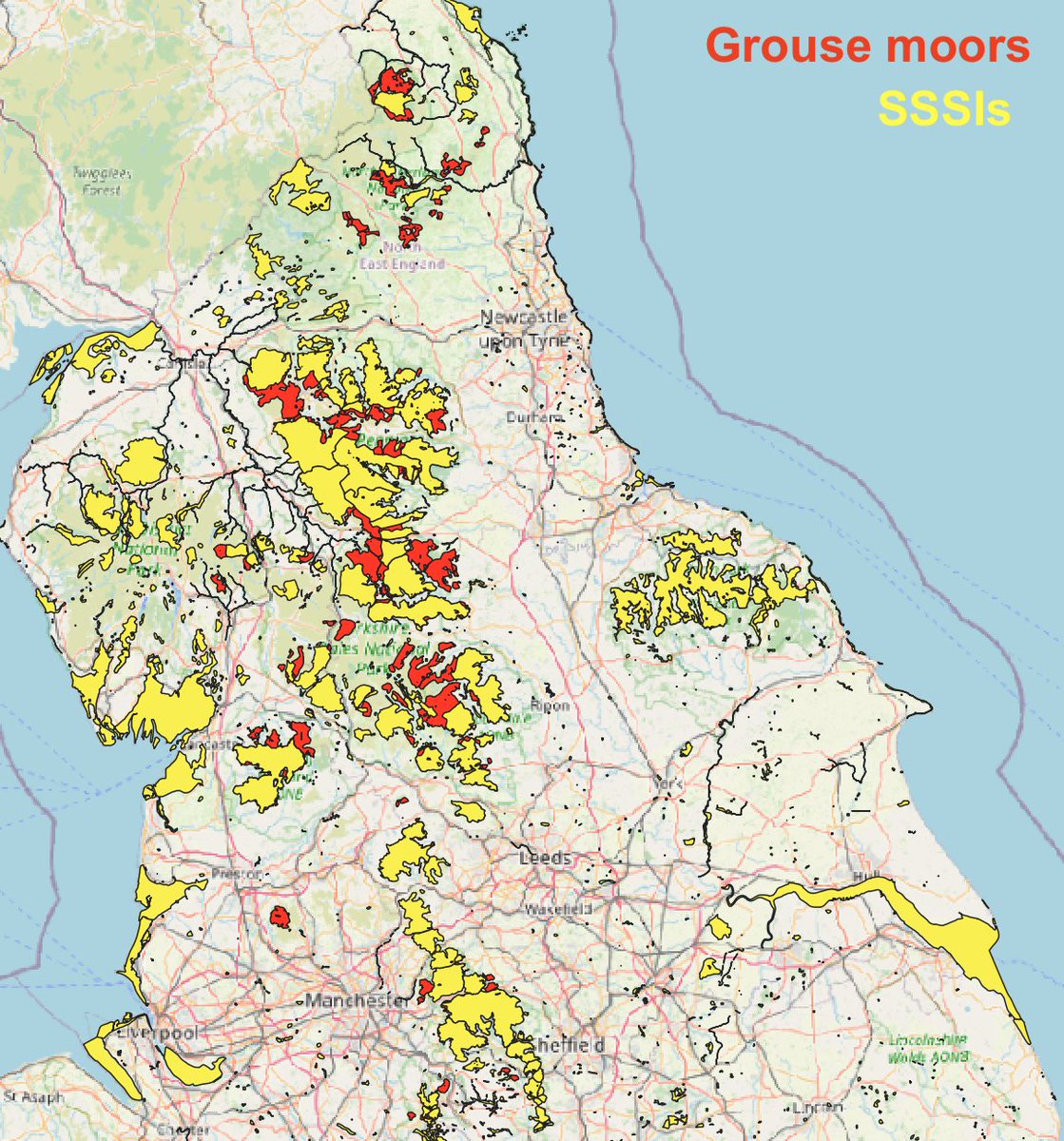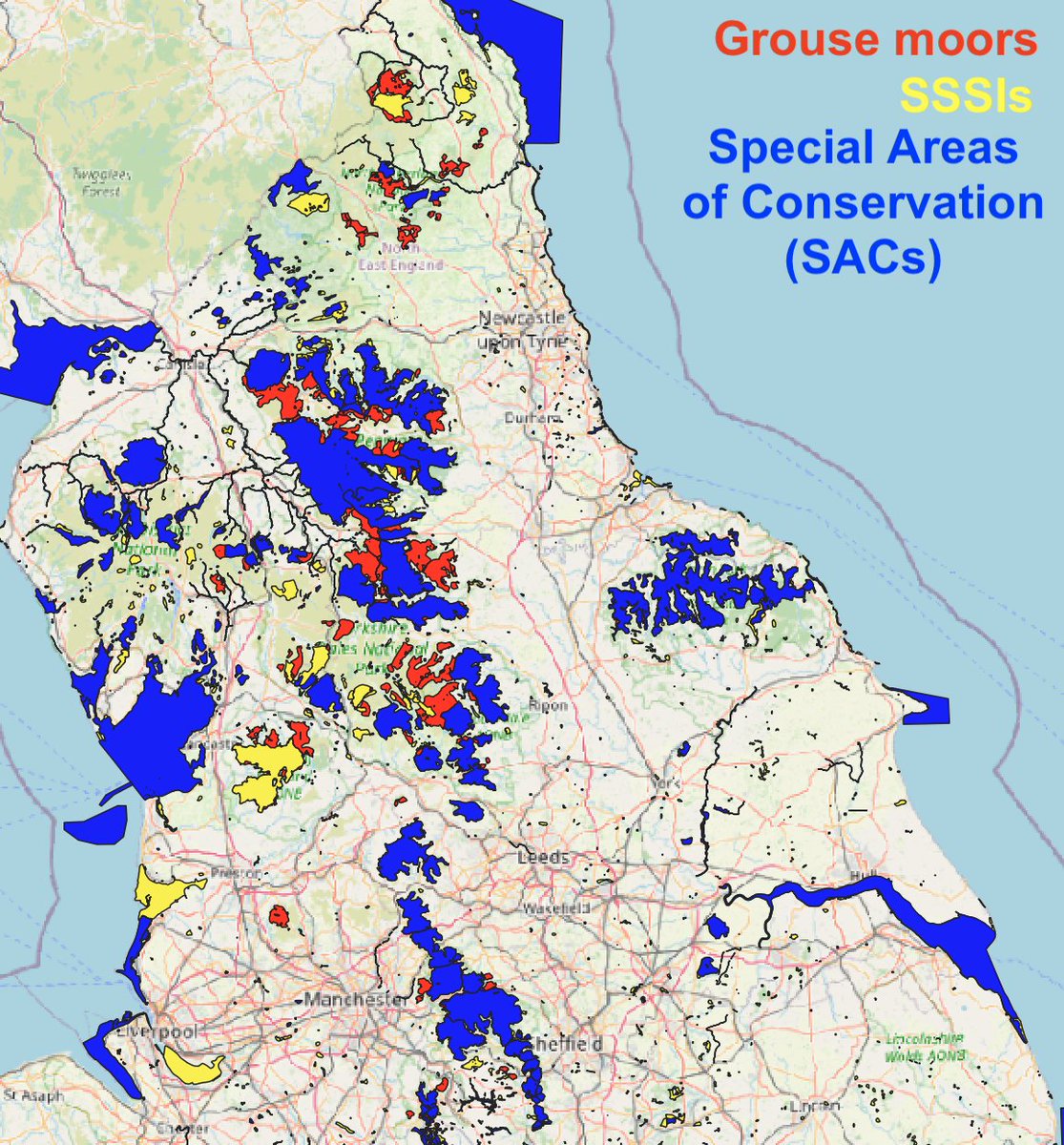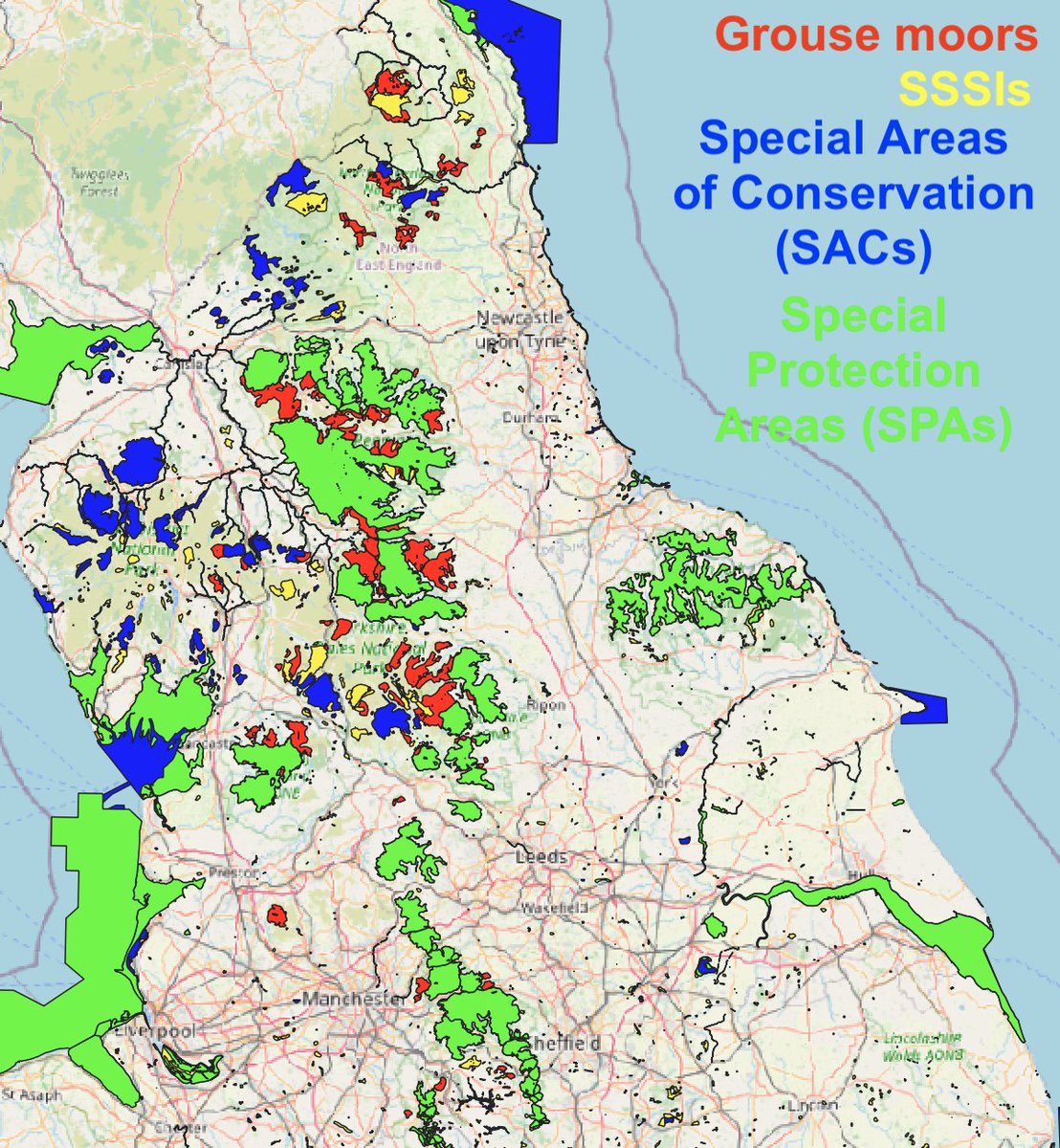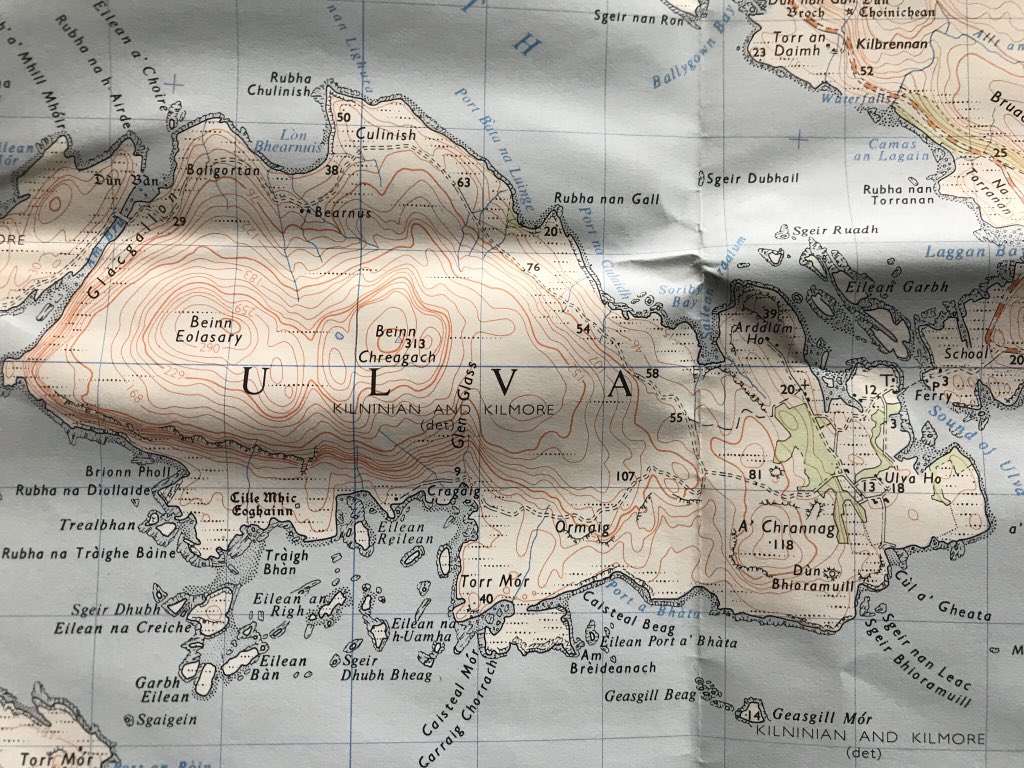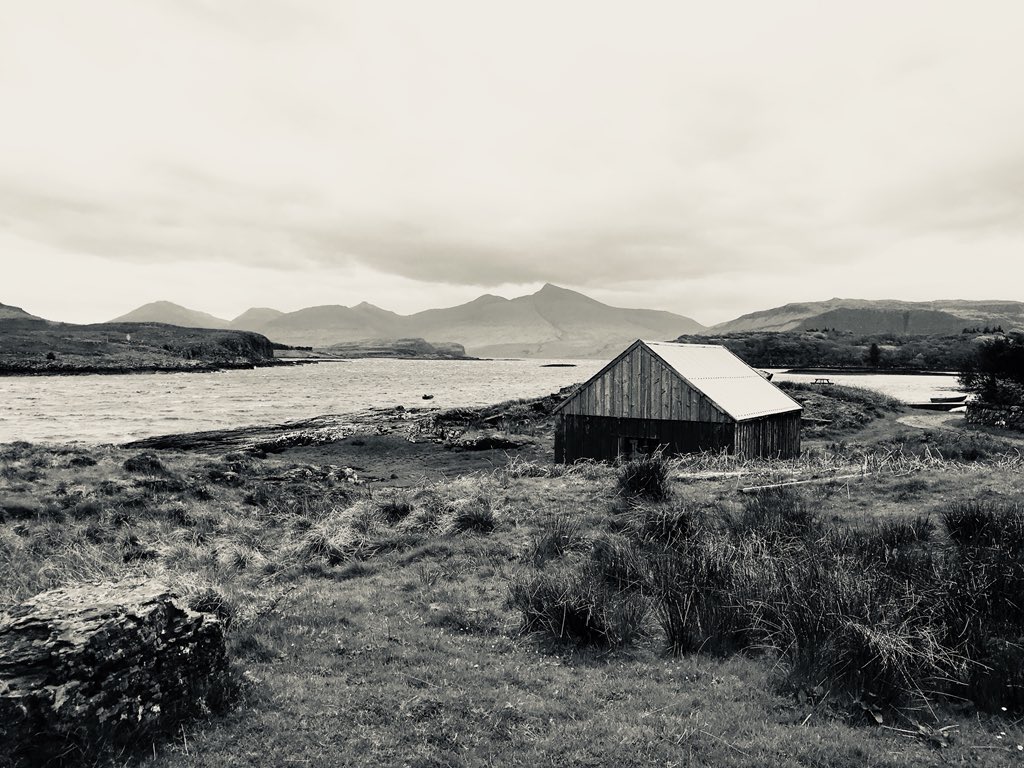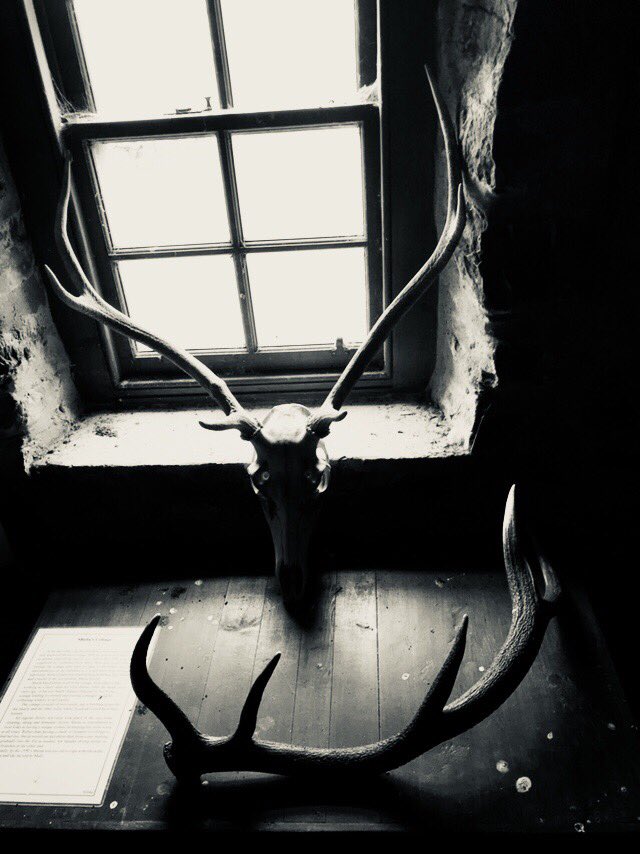
BREAKING: Govt finally announces legislation to ban moorland burning by grouse moor estates – but not before time, & the legislation contains some glaring loopholes that need closing.
Upland estates must end these damaging practices & embrace rewilding.
gov.uk/government/new…
Upland estates must end these damaging practices & embrace rewilding.
gov.uk/government/new…

Some further thoughts (1/3): There are plenty of loopholes in there - burning only banned on peat 40cm+ deep, within SSSIs that are also SACs. Plenty of burning takes place on shallow peat outside of designated sites and is equally bad for climate & habitat.
(2/3): There's also a dodgy get-out clause allowing the SoS to issues licences for burning 'for wildfire prevention'. This is a contradiction in terms - healthy blanket bog needs water, not fire. Grouse moor estates create a tinderbox by burning & encouraging heather dominance.
(3/3): Despite all the caveats, it's a step forward that Govt has finally been forced to legislate to restrict moorland burning - despite all the lobbying by grouse moor interests.
England's uplands could be a much wilder, richer place if burning ceases & estates rewild.
England's uplands could be a much wilder, richer place if burning ceases & estates rewild.
• • •
Missing some Tweet in this thread? You can try to
force a refresh

